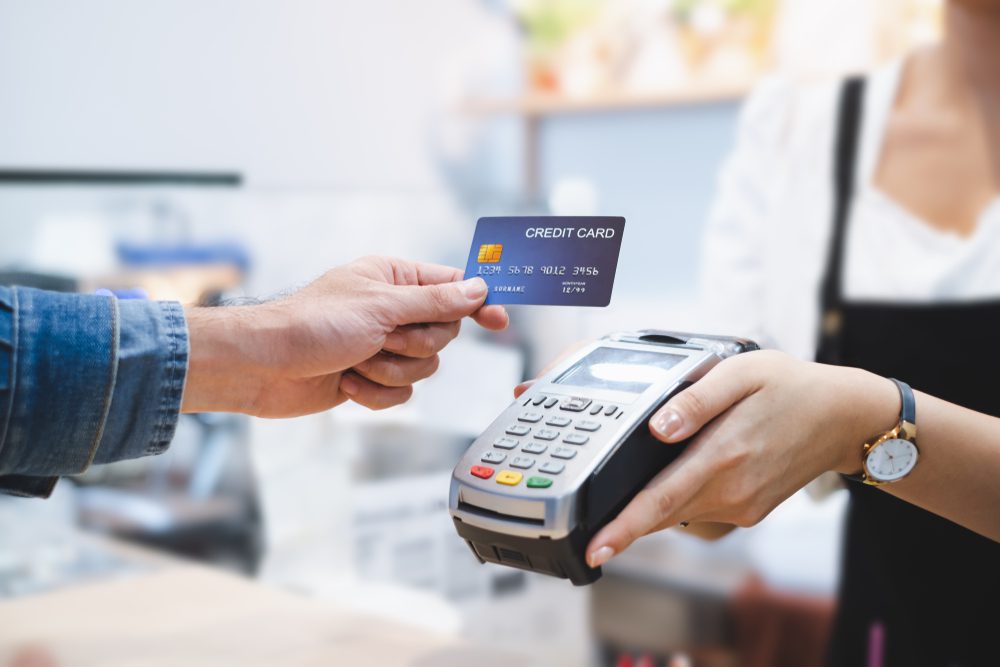
1. Build Your Emergency Safety Net
Life is full of surprises, and not all of them are pleasant. A sudden car repair, a leaky roof after a storm, or an unexpected medical bill can throw even the most carefully planned budget off course. This is where an emergency fund comes in. It’s a sum of money set aside specifically for these kinds of unwelcome events. For seniors on a fixed income, having this financial cushion is not just a good idea—it’s one of the most powerful tools for maintaining independence and peace of mind.
Why an Emergency Fund is Your Financial First-Aid Kit
Think of an emergency fund as your personal financial first-aid kit. You hope you never have to use it, but you feel immensely relieved it’s there when you do. Without one, a surprise expense often means turning to a credit card, taking out a loan, or, in a worst-case scenario, dipping into retirement savings that were meant to last for decades. These solutions can create a cycle of debt and stress that is difficult to break.
A stimulus check offers a perfect opportunity to start or boost this fund. It’s new money, separate from your regular income, which can make it psychologically easier to save rather than spend. By dedicating your stimulus payment to an emergency fund, you are essentially buying yourself future peace of mind. You are giving yourself the gift of not having to panic when the water heater suddenly gives out or when a co-pay for a specialist visit is higher than you expected.
How Much Is Enough?
Financial experts often recommend saving three to six months’ worth of essential living expenses. Essential expenses include things like your mortgage or rent, utilities, food, transportation, and healthcare costs—the absolute must-pays. For someone on a fixed income, even a smaller goal can make a huge difference. Don’t be discouraged if three months of expenses seems like a mountain to climb.
Your stimulus check can be a fantastic foundation. Perhaps it covers one full month of your core expenses. That alone is a significant achievement and provides a buffer you didn’t have before. You can calculate your monthly essential expenses by looking at your bank and credit card statements from the last few months. Add up the non-negotiable costs to get your target number. If your stimulus check is, for example, $1,400 and your essential monthly bills are about the same, you’ve just built a one-month safety net in a single step.
Where to Keep Your Emergency Money
The best place for your emergency fund is somewhere safe, accessible, but not *too* accessible. You want to be able to get to it quickly in a true emergency, but you don’t want it mixed in with your daily checking account where you might be tempted to spend it on non-emergencies.
A high-yield savings account is often the ideal choice. These accounts are typically offered by online banks and pay a much higher interest rate than a traditional savings account at a brick-and-mortar bank. This means your money will grow a little bit over time, helping to keep pace with inflation. It’s insured by the FDIC (Federal Deposit Insurance Corporation) up to $250,000, so it’s completely safe. You can easily link it to your primary checking account to transfer money when needed, which usually takes a day or two. The small delay in transferring can also be a helpful feature, as it makes you pause and confirm that you are truly facing an emergency before you spend the funds.
Using your stimulus check to establish this financial foundation is a powerful act of self-care. It’s a proactive step that protects your future from life’s inevitable bumps in the road, ensuring that a small problem doesn’t turn into a major crisis.









